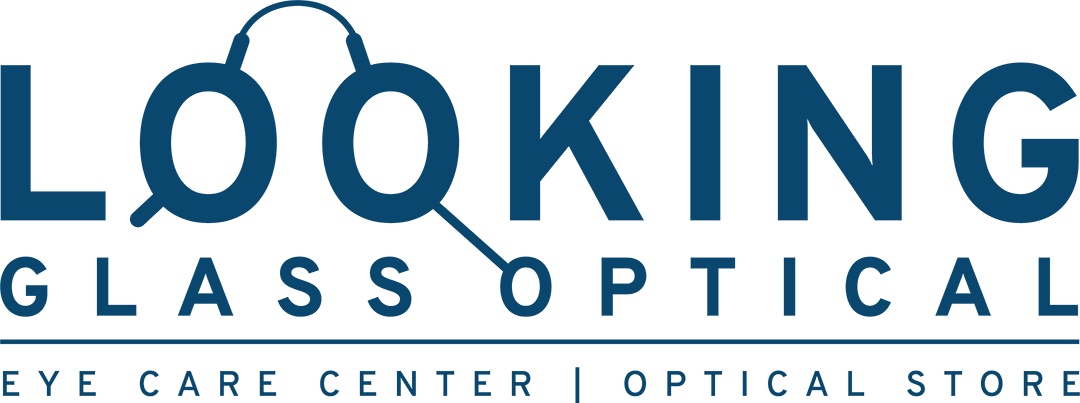See Clearly: Promoting Children’s Eye Health and Safety
Ensuring children’s eye health and safety is crucial for their overall development and well-being. Especially as August marks Children’s Eye Health and Safety Month, a national health observance highlighting the importance of protecting children’s vision. Vision plays a vital role in a child’s ability to learn, play, and interact with the world. Read on to learn strategies to promote eye health and safety for children.
Regular Eye Exams: A Key to Healthy Vision
Children’s eyes develop rapidly in the first few years of life. Early detection and treatment of vision problems can prevent long-term issues and support a child’s learning and development. Regular eye check-ups are essential, as many eye conditions can be treated more effectively if caught early.
1. When to Schedule Eye Exams:
-
- Infants (6 months): The first comprehensive eye exam should be around six months of age to detect any early signs of eye issues.
- Preschoolers (3-5 years): Another exam before starting school ensures that vision problems do not interfere with learning.
- School-aged children (6-18 years): Annual eye exams help monitor changes and promptly address issues.
2. What to Expect During an Eye Exam:
-
- Visual acuity tests are used to check the clarity of vision.
- Eye alignment tests to detect strabismus (crossed eyes).
- Refraction tests to determine a prescription for glasses, if needed.
- Comprehensive examination to check for any signs of eye disease.
Promoting Eye Safety in Everyday Activities
Children rely heavily on their eyes for learning, exploring, and engaging with their environment daily. Despite their young age and resilient eyesight, it’s essential to prioritize precautions to protect their vision. Whether at school, during playtime, or screen time at home, children’s eyes are constantly active. By fostering habits that promote eye health and safety from an early age, parents and caregivers can ensure optimal visual development and long-term well-being for their children.
1. Screen Time Management:
-
- Limit screen time: Excessive use of digital devices can lead to eye strain and fatigue. Follow the 20-20-20 rule: every 20 minutes, take a 20-second break and look at something 20 feet away.
- Appropriate lighting: Ensure screens are viewed in well-lit environments to reduce glare and strain.
2. Outdoor Safety:
-
- Protective eyewear: Use sunglasses with UV protection to shield children’s eyes from harmful ultraviolet rays.
- Sports safety: Equip children with protective eyewear designed for specific sports to prevent injuries.
3. General Safety Tips:
-
- Safe toys: Choose age-appropriate toys without sharp edges or small parts that could cause eye injuries.
- Home safety: Keep hazardous chemicals and sharp objects out of reach of children.
Nutrition for Children’s Eye Health
Good nutrition is fundamental to every aspect of a child’s development, including their eye health. Just as growing bodies need balanced meals for physical and cognitive growth, their eyes require specific nutrients to thrive. From supporting clear vision to preventing eye conditions, such as nearsightedness and dry eyes, a diet rich in vitamins, antioxidants, and omega-3 fatty acids plays a crucial role. Ensuring children receive these essential nutrients not only promotes healthy eyesight but also sets the foundation for lifelong visual wellness.
-
- Vitamin A: Found in carrots, sweet potatoes, and leafy greens, essential for good vision.
- Omega-3 fatty acids: Found in fish, flaxseed, and walnuts, support eye health.
- Lutein and zeaxanthin: Found in eggs, corn, and green leafy vegetables, protect eyes from harmful light.
Recognizing Signs of Vision Problems
Early detection of vision problems in children is crucial for effective treatment and ensuring their overall well-being. Since young children may not always be able to communicate their vision issues, parents and caregivers must observe any signs that may indicate a problem. Identifying these signs early can prevent further complications and support the child’s development, learning, and quality of life. Parents should watch for signs of potential vision issues, such as:
-
- Squinting or tilting their head to see better.
- Frequent eye rubbing or blinking.
- Complaints of headaches or eye pain.
- Difficulty reading or concentrating on tasks.
- Sitting too close to the TV or holding books close to their face.
Promoting children’s eye health and safety involves regular eye exams, managing screen time, ensuring safety during play, and providing a nutritious diet. Parents can help their children maintain healthy vision by staying vigilant and proactive, enabling them to see clearly and thrive in all aspects of life. Prioritize eye health to ensure a bright and healthy future for your child.
See the World Clearly with Looking Glass Optical!
Is your child due for an eye exam? Don’t wait—early detection of vision problems can make all the difference. Schedule a comprehensive eye exam at Looking Glass Optical today to ensure your child’s eyes are healthy and their vision is sharp. Our experienced optometrists provide thorough, child-friendly eye exams that detect issues early and offer the best solutions for your family’s eye care needs. Book your appointment now and give your child the gift of clear vision! You can also call (410) 768-0202 to schedule.
Share

